All boom sprayers over five years old in the UK have to be tested and certified under the National Sprayer Testing Scheme (NSTS) from 26 November 2016.
For boom sprayers under 3m wide, follow-up inspections need to take place once every six years. Follow-up inspections for sprayers over 3m wide must take place once every five years until 26 November 2020, and then once every three years after that.
Knapsacks and other handheld spraying equipment do not require a formal test by an NSTS examiner.
Several companies are accredited to carry out the tests in NI with an on-farm test typically costing around £150. Most NSTS inspectors are keen to visit several farms in a locality in the same day and, if a sprayer fails, are prepared to either fit the appropriate parts or call back later in the day if the farmer gets the parts themselves. This means paying for a re-test is usually not necessary.
Checklist
The test involves 47 checks on the sprayer, with the first 30 of these considered critical, and therefore must be met to receive a pass at inspection. They generally relate to spray application and safety. The other 17 checks are classified as either cautionary or optional.
Picture one
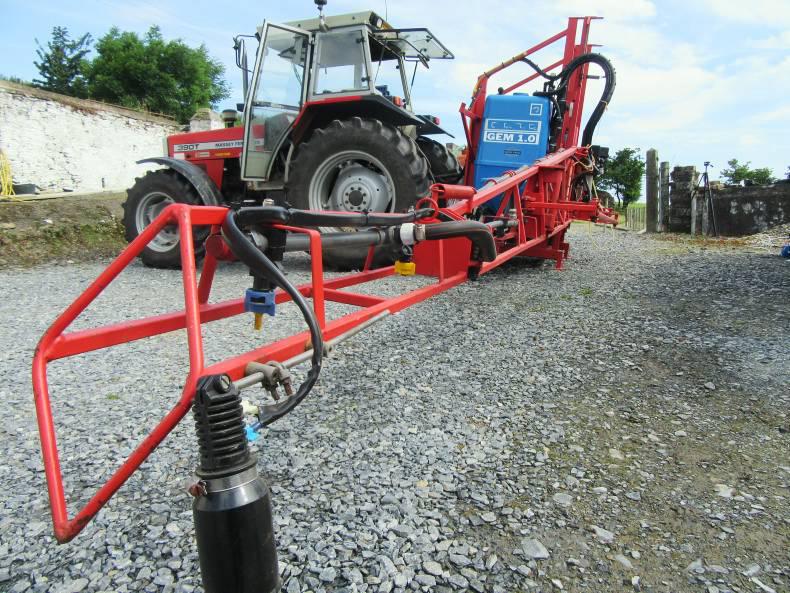
For the inspection, water is put in the sprayer, with the tank, spray lines and all connections checked for leaks before the sprayer is operating and then again when operating at above normal pressure. The tank lid must also be intact and well-sealed.
The boom has to be properly latched when folded for transport or storage, and level with break-backs working when unfolded for spraying. Section and master control switches must also be working.
Picture two
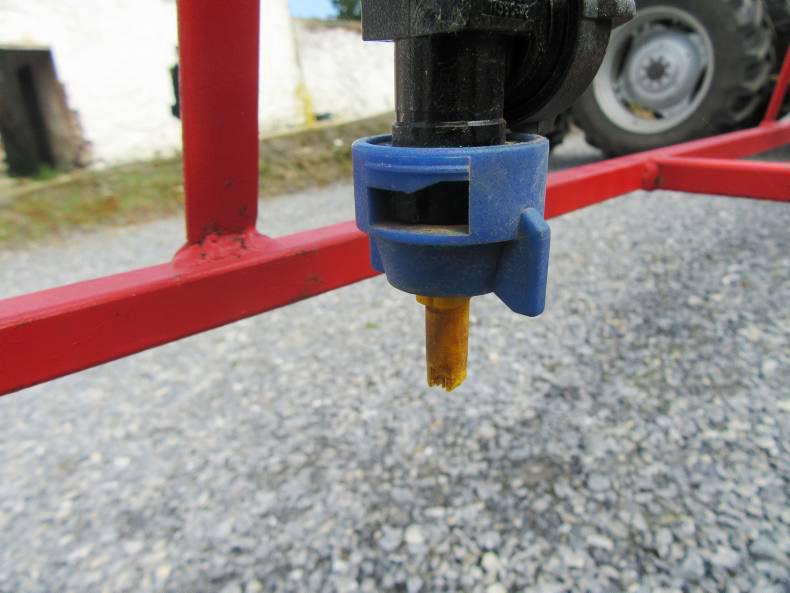
Nozzles, fittings and filters need to be in good condition with nozzles positioned at a consistent height and spacing. Check-valves have to be working properly and the spray pattern needs to look visually correct with tank agitation functioning.
When testing the rate of spraying, one nozzle per boom section is tested with a margin of 10% error allowed. A jug test prior to the inspection can be carried out by running the sprayer at a set pressure, usually three-bar, for one minute and collecting and measuring the output from nozzles. A nozzle size of 04, for example, should spray 1.6 litres per minute at three bar pressure.
All nozzles need to be the same brand and type and should stop dripping within 10 seconds of the sprayer being stopped during the inspection.
Picture three
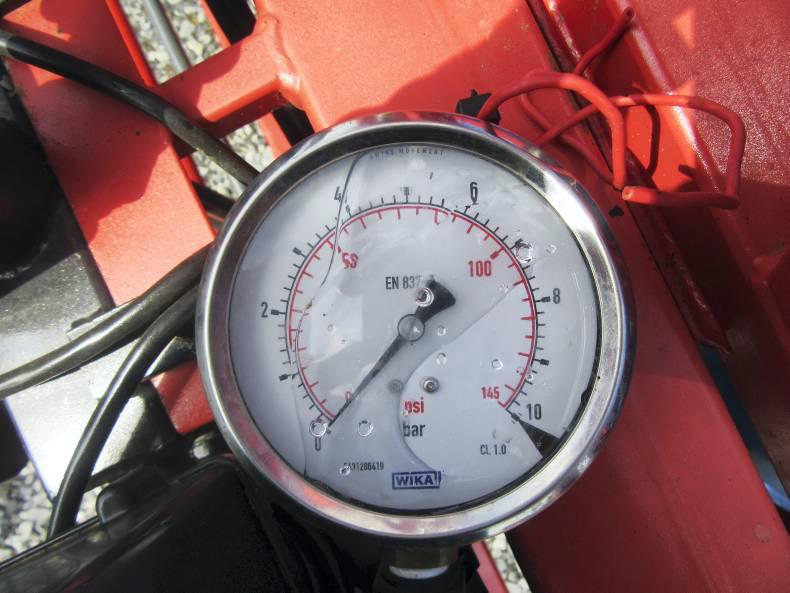
Master switches and all boom section controls should be functioning with a consistent pressure when section controls are switched off.
The pressure gauge is checked against an independently calibrated master gauge when pressure is rising and falling with a margin of error of 10% allowed. The gauge should read zero when the sprayer is not operating.
Picture four
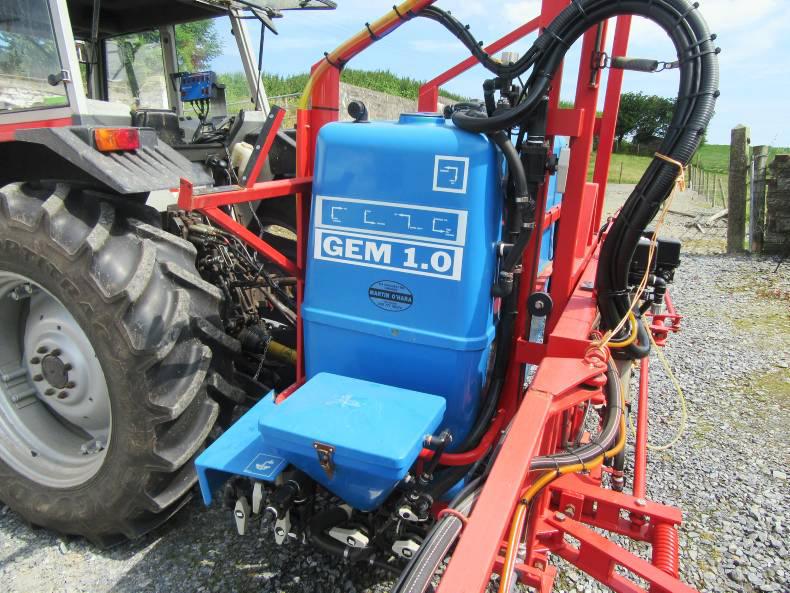
All labels and markings on the sprayer need to be legible and can be redrawn with a marker if worn. The sprayer has to be attached to the tractor securely. The tank also has to be firmly attached to the sprayer frame and the PTO guard needs to be undamaged. Inspection of the hydraulic and pneumatic systems for leaks must take place if they are present on the sprayer. Also inspected for correct operation, if fitted on the sprayer, are the tank cleaning system and chemical induction systems.
Cautionary/optional
The remaining checks are where a cautionary note is applied. They relate to issues such as corrosion on the sprayer frame, that the boom height adjustment and suspension are working and a check to see where protective clothing used during spraying is kept.
Optional measures include inspecting the condition of hydraulic hoses and electrical wiring.









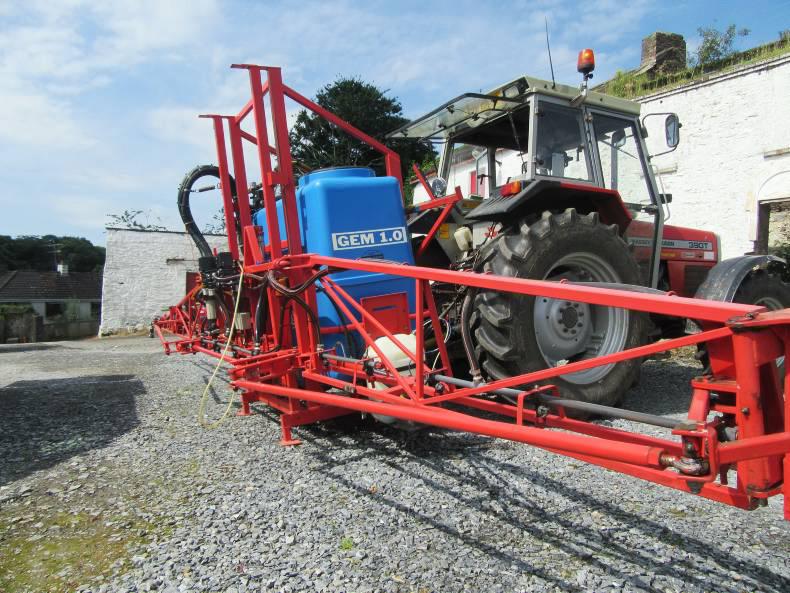

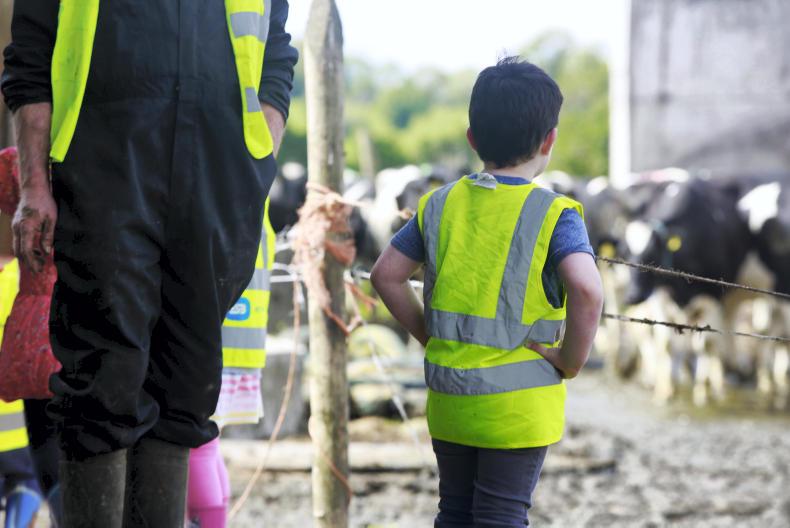
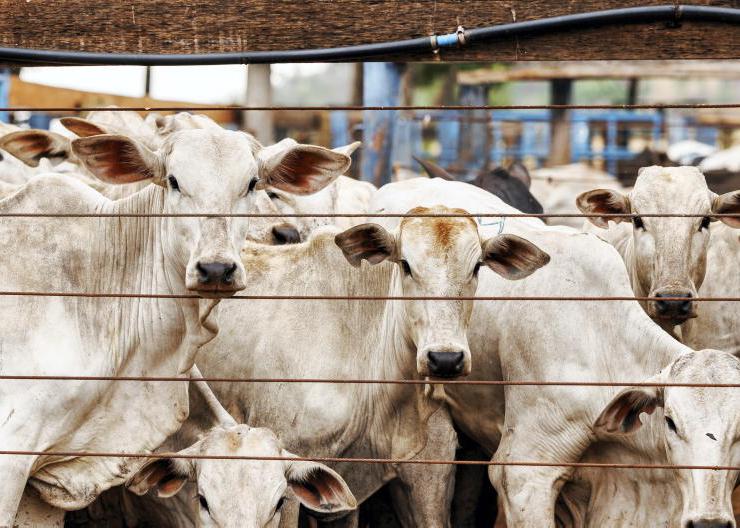
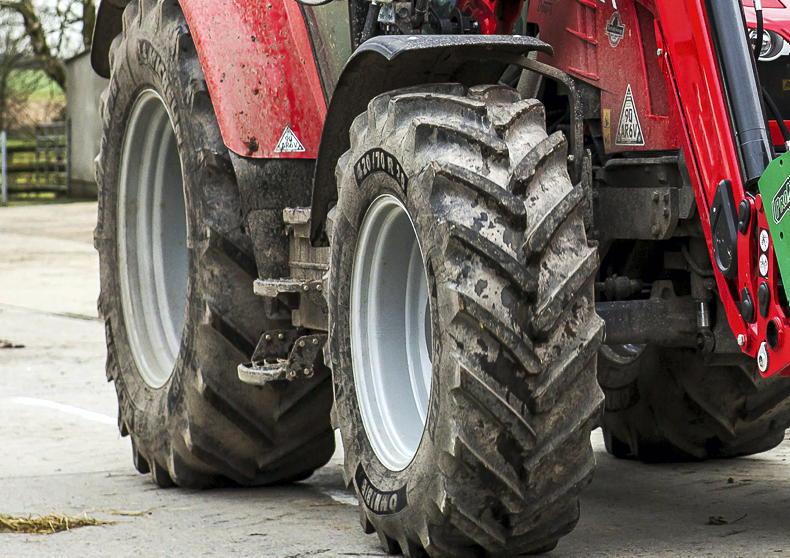
SHARING OPTIONS